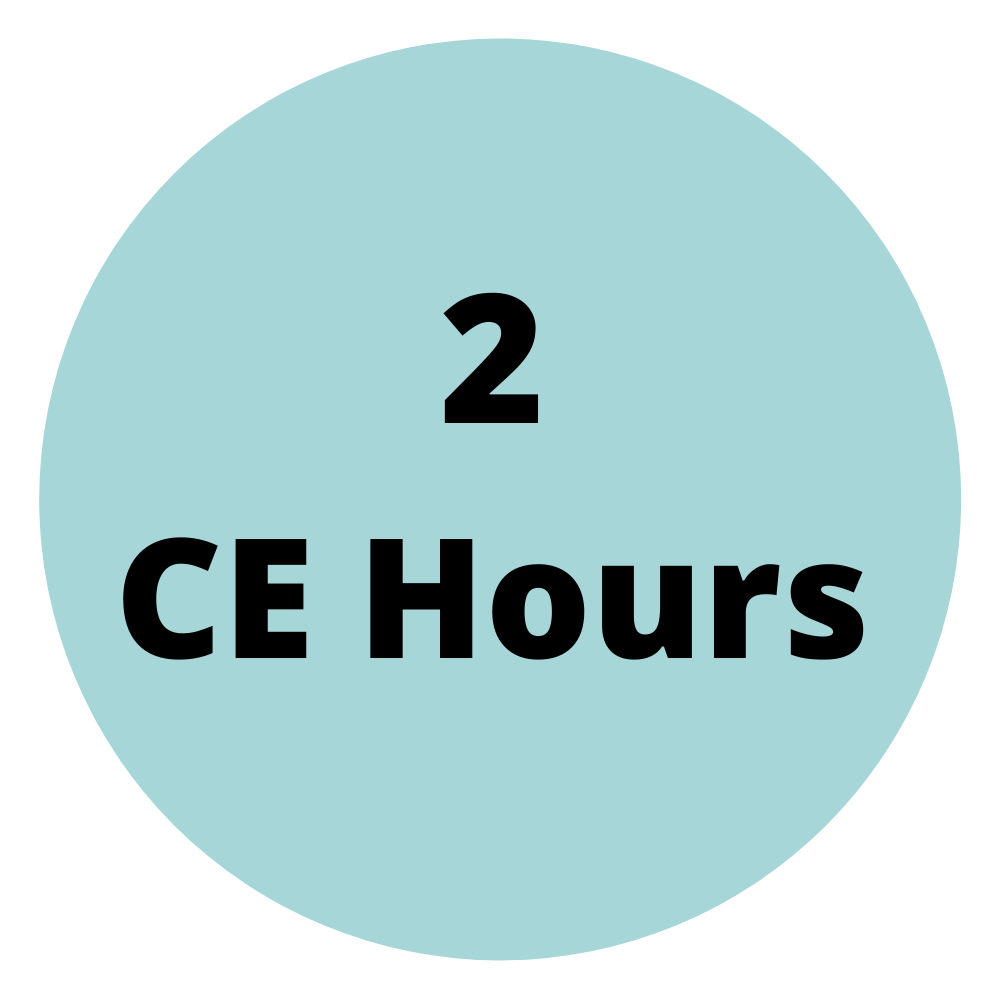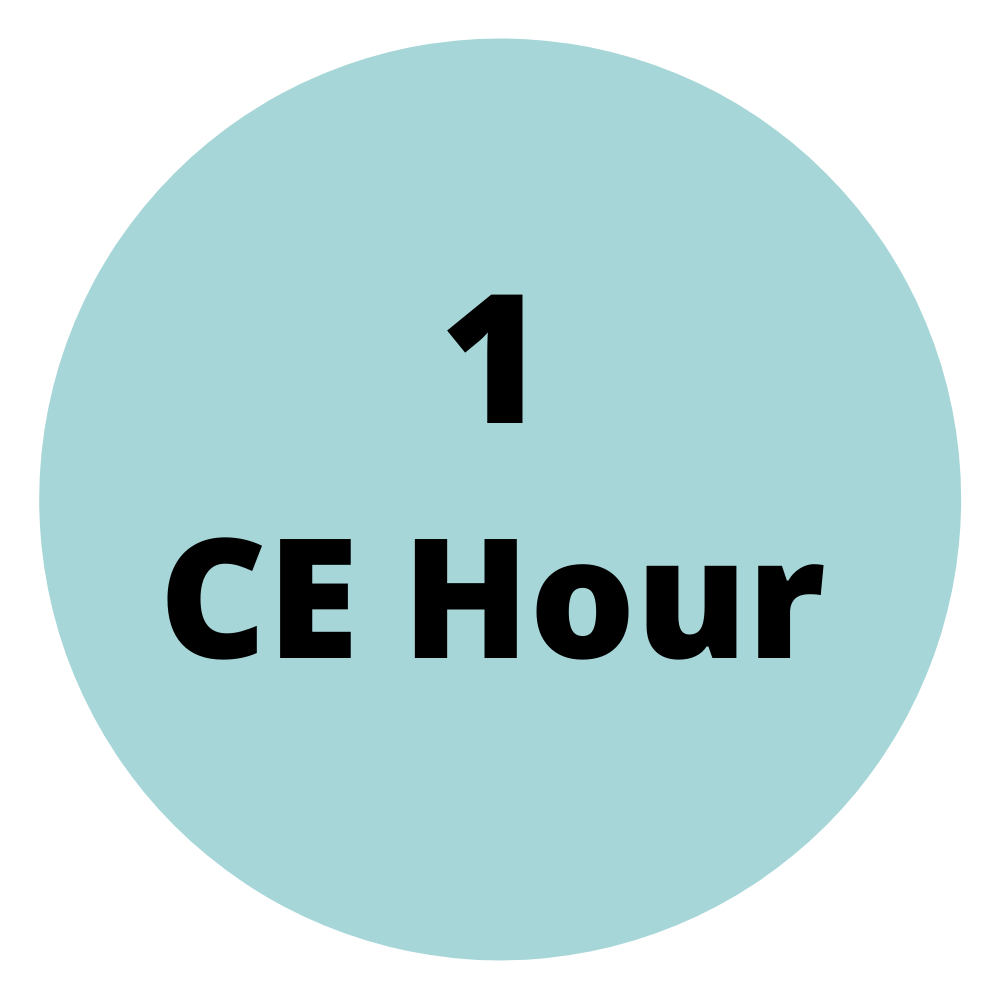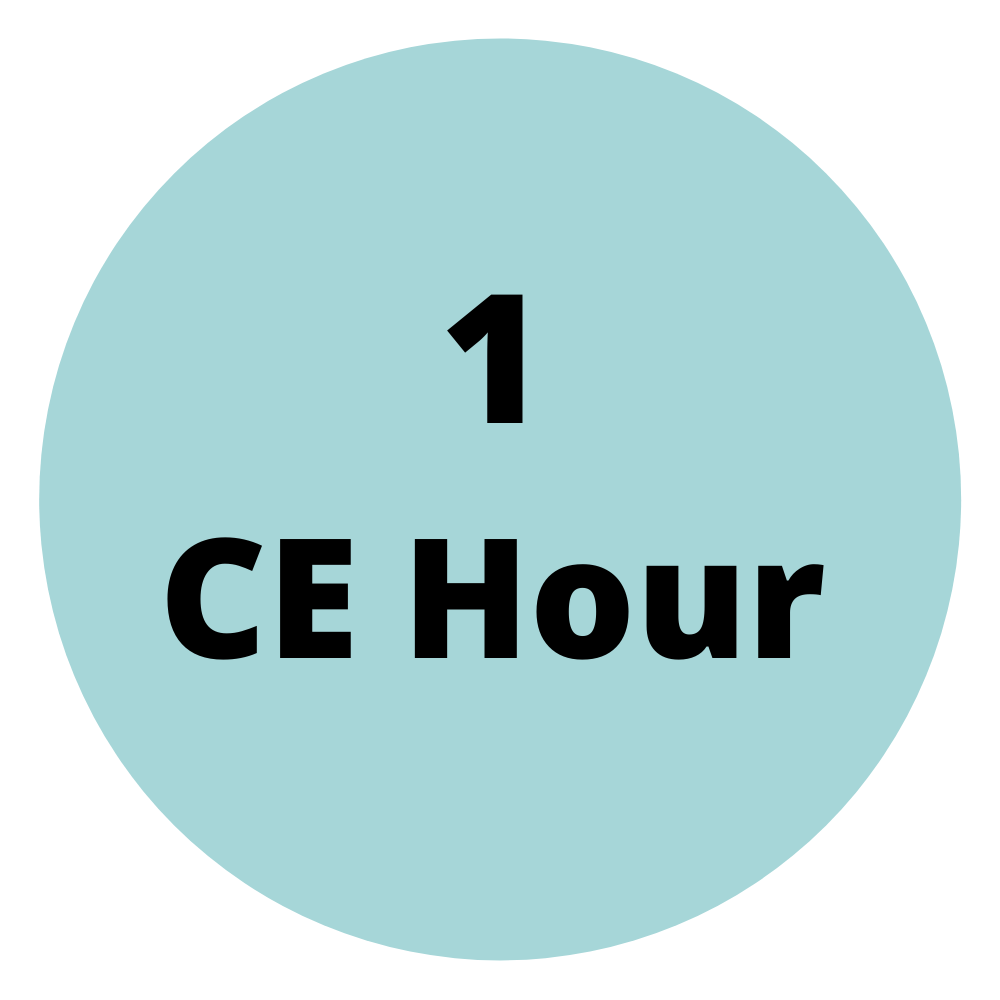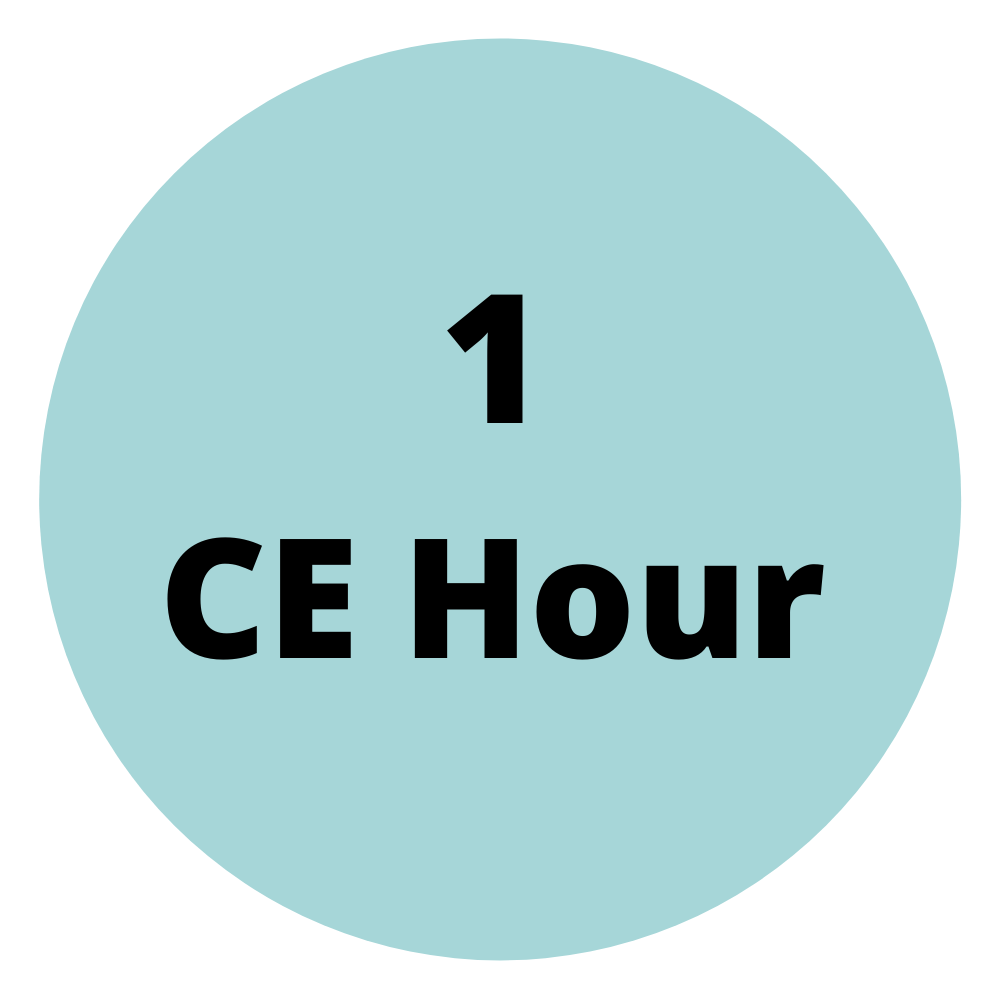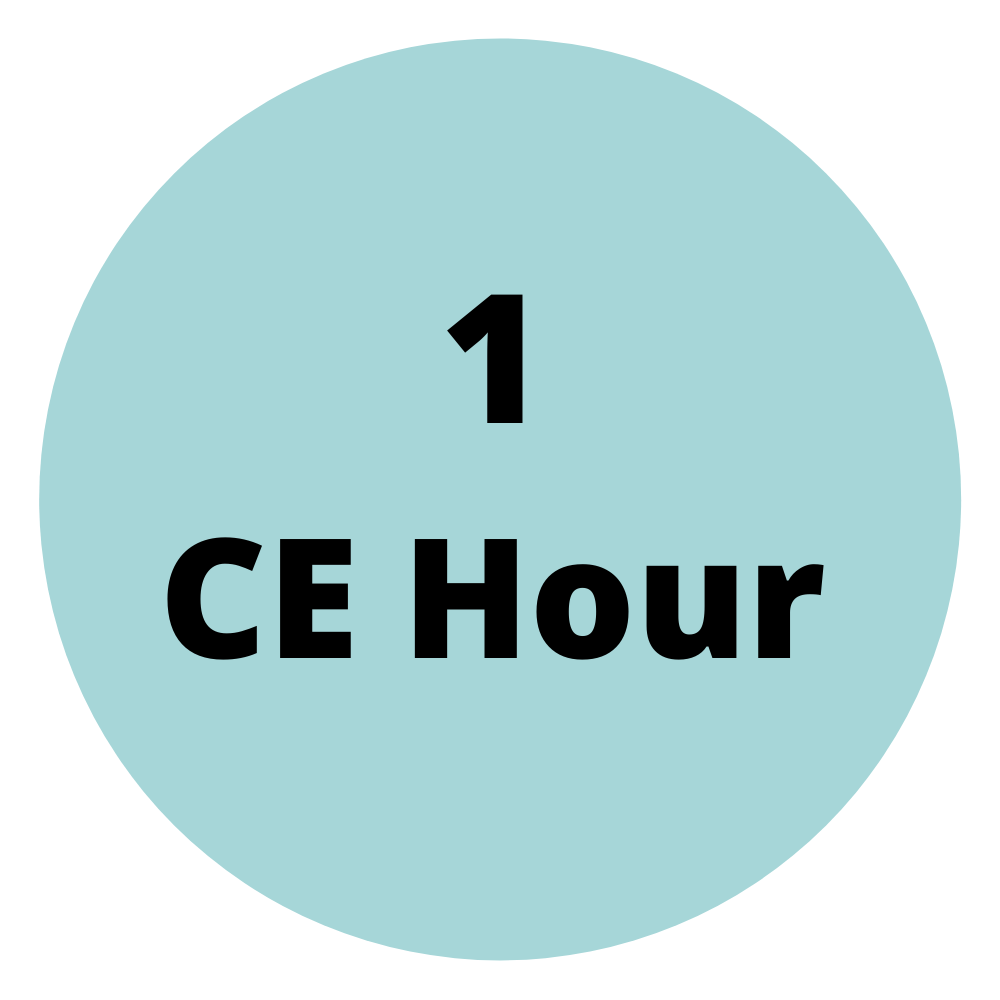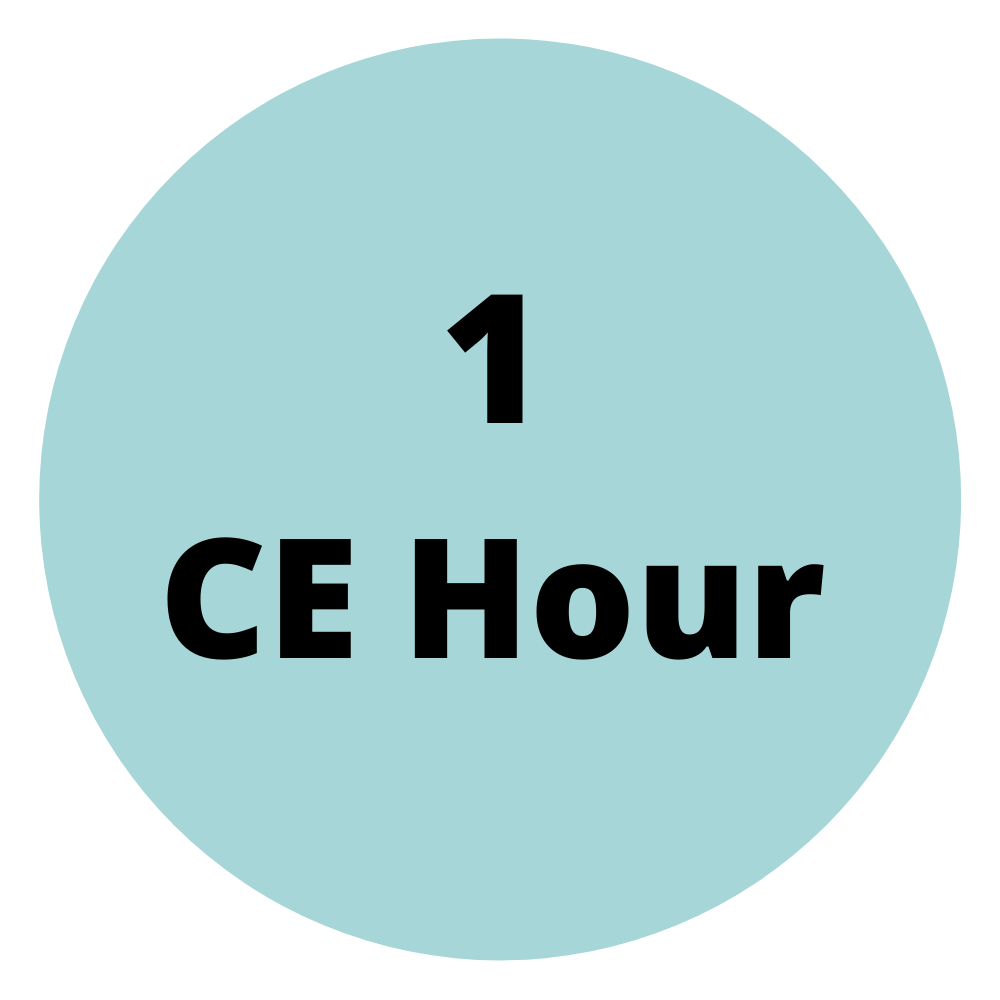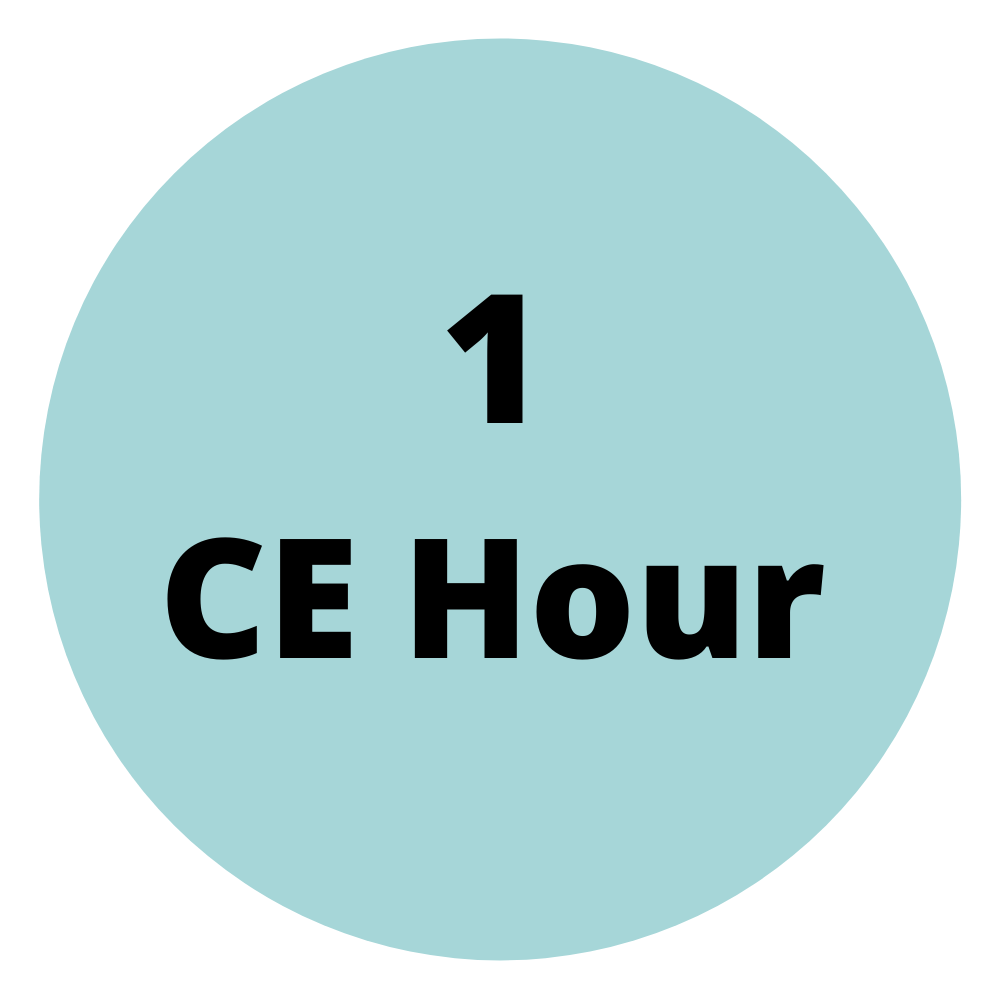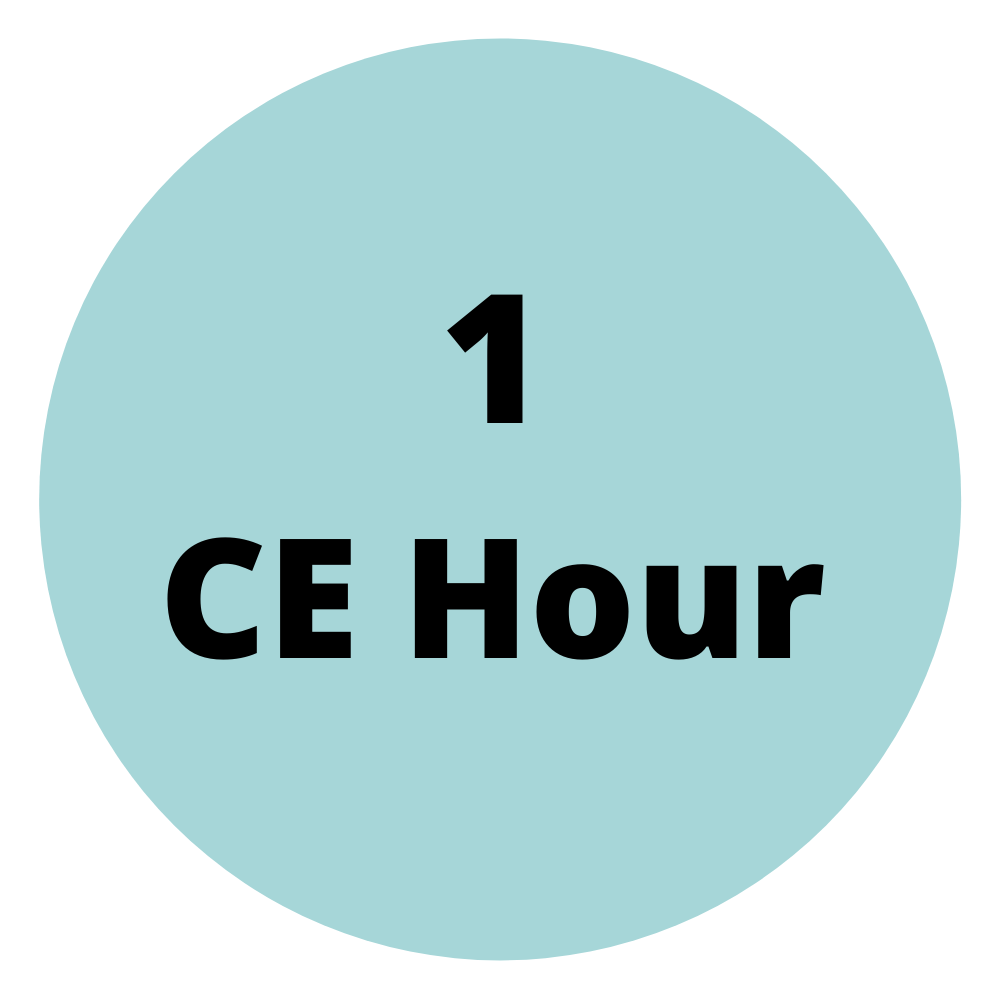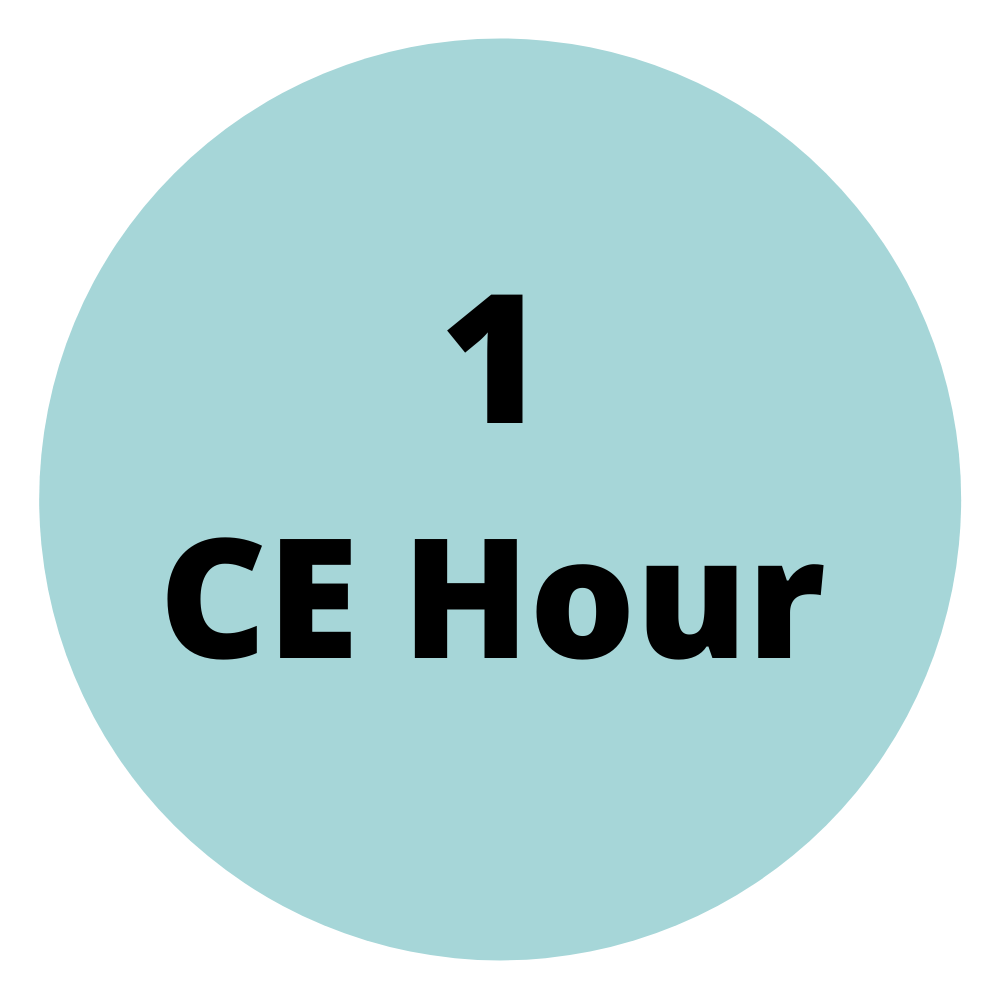
AAPD Webinars
AAPD 2021, The Hub - Continuing Education Package (Plus Package)
-
Purchase
- Non-Member - $1,500
- Member - $995
AAPD is offering CE for the courses at AAPD 2021 (The Hub) that you could not attend. Here, you have the opportunity to purchase and earn CE hours. Purchase the entire Annual Session package here!
-
Contains 3 Component(s), Includes Credits Recorded On: 05/29/2021
Ann M. Bynum, DDS Robert D. Elliott, DMD, MS, FAAPD Real-world scenarios we encounter every day in our offices will be presented and discussed in small groups. Spend the morning with your peers discussing key issues that come up in your office every day. This is a group effort, audience driven, and fully interactive program for all team members! Learning Objectives: Understand how other offices handle similar issues. Share in the participation of challenges your office may have encountered. Support and network with your peers
Real-world scenarios we encounter every day in our offices will be presented and discussed in small groups. Spend the morning with your peers discussing key issues that come up in your office every day. This is a group effort, audience driven, and fully interactive program for all team members!
Learning Objectives:
Understand how other offices handle similar issues.
Share in the participation of challenges your office may have encountered.
Support and network with your peers -
Contains 3 Component(s), Includes Credits Recorded On: 05/26/2021
This will be a lively presentation about basic pediatric dental trauma drawn from my experiences as a general practice dental resident in a Level I trauma center that was highly surgical in nature, as a pediatric dental resident in a similar setting, and in my 20 years as a clinical pediatric dentist and dental educator. We will explore trauma from the “outside in” and “top down” using some examples taken from personal patient care experiences. For some, this will be an all too familiar review. For others, this will shed light on unfamiliar territory. You will learn about caring for injuries to extra and intraoral soft tissues, minor alveolar housing fractures, and the five major traumatic dental injuries: concussion, intrusion, extrusion, lateral luxation, and the “missing” tooth. We will discuss open vs. closed root apices, pulpal exposures and near exposures, and splinting techniques. The timing and treatment all of these injuries is especially challenging in the pediatric population and the need to go to the office or the emergency room will be addressed. To conclude, we will review post-trauma care: timing of splint removal and endodontic therapy, diet, hygiene, and have a brief look at antibiotics and analgesics for pediatric patients. After this session, you will feel confident in your recognition and management of common pediatric dental traumas. Most importantly, you will be able to help families in their moment of need with expertise and compassion. Learning Objectives: Uon completion, the learner will be able to recognize and properly diagnose soft and hard tissue trauma in pediatric patients After viewing this presentation, the attendee will be able to provide appropriate treatment for soft and hard tissue injuries Upon completion of this course, the participant will be able to provide appropriate traumatic injury antibiotic and analgesic advice and follow up
This will be a lively presentation about basic pediatric dental trauma drawn from my experiences as a general practice dental resident in a Level I trauma center that was highly surgical in nature, as a pediatric dental resident in a similar setting, and in my 20 years as a clinical pediatric dentist and dental educator. We will explore trauma from the “outside in” and “top down” using some examples taken from personal patient care experiences. For some, this will be an all too familiar review. For others, this will shed light on unfamiliar territory.
You will learn about caring for injuries to extra and intraoral soft tissues, minor alveolar housing fractures, and the five major traumatic dental injuries: concussion, intrusion, extrusion, lateral luxation, and the “missing” tooth. We will discuss open vs. closed root apices, pulpal exposures and near exposures, and splinting techniques. The timing and treatment all of these injuries is especially challenging in the pediatric population and the need to go to the office or the emergency room will be addressed.
To conclude, we will review post-trauma care: timing of splint removal and endodontic therapy, diet, hygiene, and have a brief look at antibiotics and analgesics for pediatric patients. After this session, you will feel confident in your recognition and management of common pediatric dental traumas. Most importantly, you will be able to help families in their moment of need with expertise and compassion.Learning Objectives:
Uon completion, the learner will be able to recognize and properly diagnose soft and hard tissue trauma in pediatric patients
After viewing this presentation, the attendee will be able to provide appropriate treatment for soft and hard tissue injuries
Upon completion of this course, the participant will be able to provide appropriate traumatic injury antibiotic and analgesic advice and follow up -
Contains 3 Component(s), Includes Credits Recorded On: 05/26/2021
Sharing best practices and operational tips for running a practice that focuses on Special Needs Patients. We are a non-profit clinic designed exclusively for special needs patients and their families. Learn about the challenges and success of increasing access to care for this much needed patient population Learning Objectives: Have a better understanding of what it takes to serve adult special needs patients Know the obstacles and challenges of opening up a practice seeing exclusively this patient population Integrate special needs patients on a regular basis into scheduling
Sharing best practices and operational tips for running a practice that focuses on Special Needs Patients. We are a non-profit clinic designed exclusively for special needs patients and their families. Learn about the challenges and success of increasing access to care for this much needed patient population
Learning Objectives:
Have a better understanding of what it takes to serve adult special needs patients
Know the obstacles and challenges of opening up a practice seeing exclusively this patient population
Integrate special needs patients on a regular basis into scheduling -
Contains 3 Component(s), Includes Credits Recorded On: 05/26/2021
Congenitally missing teeth often present challenges in dental treatment planning, necessitating interdisciplinary care. There is growing evidence associating congenitally missing teeth with risk of neoplasia. This predictive potential adds to the anticipatory guidance for patients and caregivers regarding future implications for systemic health and early screenings for neoplasms. Learning Objectives: Weigh existing literature on the association between tooth agenesis and neoplasias Understand the need to add the discussion about risk as part of anticipatory guidance with patients and caregivers Describe integration of interprofessional care with physcians for patients with tooth agenesis for early screenings
Congenitally missing teeth often present challenges in dental treatment planning, necessitating interdisciplinary care. There is growing evidence associating congenitally missing teeth with risk of neoplasia. This predictive potential adds to the anticipatory guidance for patients and caregivers regarding future implications for systemic health and early screenings for neoplasms.
Learning Objectives:
Weigh existing literature on the association between tooth agenesis and neoplasias
Understand the need to add the discussion about risk as part of anticipatory guidance with patients and caregivers
Describe integration of interprofessional care with physcians for patients with tooth agenesis for early screenings -
Contains 3 Component(s), Includes Credits Recorded On: 05/26/2021
Leading a practice goes beyond what they teach you in dental school. Clinical skills get you through school, business smarts will grow your practice. This presentation has tips and tricks for both new and established doctors and practices to continuously improve and perform at an even higher level. Learning Objectives: Understand the importance of developing leadership skills to be a successful practice leader to both your team and your patients. Begin the development of business skills beyond being a skilled clinician. Learn specific areas to focus on as a practice leader.
Leading a practice goes beyond what they teach you in dental school. Clinical skills get you through school, business smarts will grow your practice. This presentation has tips and tricks for both new and established doctors and practices to continuously improve and perform at an even higher level.
Learning Objectives:
Understand the importance of developing leadership skills to be a successful practice leader to both your team and your patients.
Begin the development of business skills beyond being a skilled clinician.
Learn specific areas to focus on as a practice leader. -
Contains 3 Component(s), Includes Credits Recorded On: 05/26/2021
A focused discussion on how to integrate laser dentistry into your pediatric care by identifying common barriers and practical approaches to overcoming those obstacles. We will look at pediatric specific applications for an all tissue laser in children's oral health and how laser technology can be of benefit to both the pediatric patient and practitioner. Learning Objectives: Understand the basic science of all tissue dental lasers and the procedures it can be used for in pediatric dental care. Overcome common barriers that can hinder the integration of the all tissue laser into pediatric dental care. Identify ways an all tissue laser would be able to benefit their pediatric care and the patient's experience.
A focused discussion on how to integrate laser dentistry into your pediatric care by identifying common barriers and practical approaches to overcoming those obstacles. We will look at pediatric specific applications for an all tissue laser in children's oral health and how laser technology can be of benefit to both the pediatric patient and practitioner.
Learning Objectives:
Understand the basic science of all tissue dental lasers and the procedures it can be used for in pediatric dental care.
Overcome common barriers that can hinder the integration of the all tissue laser into pediatric dental care.
Identify ways an all tissue laser would be able to benefit their pediatric care and the patient's experience. -
Contains 3 Component(s), Includes Credits Recorded On: 05/26/2021
A large percentage of Americans are covered through Medicaid which is a unique federal-state partnership health insurance program. Dentist participation in the program is limited for a variety of reasons, many of which can be changed. Through persistent advocacy, dentists can influence Medicaid reform in their states. Upon completion of this course, participants will learn: • Describe the role of federal and state governments in U.S. health insurance. • Analyze trends in Medicaid funding, eligibility, coverage, and utilization. • Replicate local efforts to improve dental services in Medicaid. Learning Objectives: Understand trends in Medicaid funding, eligibility, coverage, and utilization. Replicate efforts to improve Medicaid programs locally. Understand the role of federal and state governments in U.S. health insurance as well as the history of health insurance policy.
A large percentage of Americans are covered through Medicaid which is a unique federal-state partnership health insurance program. Dentist participation in the program is limited for a variety of reasons, many of which can be changed. Through persistent advocacy, dentists can influence Medicaid reform in their states.
Upon completion of this course, participants will learn:
• Describe the role of federal and state governments in U.S. health insurance.
• Analyze trends in Medicaid funding, eligibility, coverage, and utilization.
• Replicate local efforts to improve dental services in Medicaid.
Learning Objectives:
Understand trends in Medicaid funding, eligibility, coverage, and utilization.
Replicate efforts to improve Medicaid programs locally.
Understand the role of federal and state governments in U.S. health insurance as well as the history of health insurance policy. -
Contains 3 Component(s), Includes Credits Recorded On: 05/26/2021
Nutrition information is an important element of the initial patient encounter, especially at the age one dental visit. Since Pediatric dentists are the experts of the oral cavity/development it is imperative that we have a good understanding of how oral motor development impacts the acquisition of feeding skills in infants. Learning Objectives: Gain an understanding of progression of oral sensory-motor skills necessary for transitioning from bottle/breast feeding to table foods. Gain an understanding of the factors that influence the development of these feeding skills and the resulting feeding problems. Role of Pediatric Dentists in supporting Oro-facial development for optimal feeding skill development.
Nutrition information is an important element of the initial patient encounter, especially at the age one dental visit. Since Pediatric dentists are the experts of the oral cavity/development it is imperative that we have a good understanding of how oral motor development impacts the acquisition of feeding skills in infants.
Learning Objectives:
Gain an understanding of progression of oral sensory-motor skills necessary for transitioning from bottle/breast feeding to table foods.
Gain an understanding of the factors that influence the development of these feeding skills and the resulting feeding problems.
Role of Pediatric Dentists in supporting Oro-facial development for optimal feeding skill development. -
Contains 3 Component(s), Includes Credits Recorded On: 05/26/2021
Experience & explore evidence based Breath-Body-Mind Integrated yogic breathing techniques, posture alignments, simple yoga stretches & movements and rhythmic mindfulness breathing to help reduce stress ,enhance focus & concentration ,increase resilience to burnout ,skillfully balance work-life related challenges, improve posture ,increase strength & flexibility and reduce or prevent musculo-skeletal problems. Learning Objectives: To learn Breath-Body-Mind integrated Yogic Breathing techniques, simple Yoga stretches, joint rotations, six movements of spine to improve posture, create strength ,flexibility & prevent or reduce musculo-skeletal problems & pain. To learn yogic-rhythmic mindfulness breathing to pause & breath to relax ,reduce stress, increase vitality ,resilience & ability buffer against burnout. To increase focus, concentration, productivity , enhance ability to respond & balance skillfully to stress, work & health related challenges, ensure better self-care and compassion.
Experience & explore evidence based Breath-Body-Mind Integrated yogic breathing techniques, posture alignments, simple yoga stretches & movements and rhythmic mindfulness breathing to help reduce stress ,enhance focus & concentration ,increase resilience to burnout ,skillfully balance work-life related challenges, improve posture ,increase strength & flexibility and reduce or prevent musculo-skeletal problems.
Learning Objectives:
To learn Breath-Body-Mind integrated Yogic Breathing techniques, simple Yoga stretches, joint rotations, six movements of spine to improve posture, create strength ,flexibility & prevent or reduce musculo-skeletal problems & pain.
To learn yogic-rhythmic mindfulness breathing to pause & breath to relax ,reduce stress, increase vitality ,resilience & ability buffer against burnout.
To increase focus, concentration, productivity , enhance ability to respond & balance skillfully to stress, work & health related challenges, ensure better self-care and compassion. -
Contains 3 Component(s), Includes Credits Recorded On: 05/26/2021
Addressing the losing battle against caries, childhood obesity, diabetes, and heart disease. Inspire your team & patients to make lasting behavior changes that affect their oral and systemic health with Hands-On Learning Lab(TM) and its benefits as a valuable referral tool that will make your's a practice of distinction. Learning Objectives: Integrate into your practice a scientific and super fun learning lab. Discover which kinesthetic experiences create lifelong learning in the fight against caries, weight gain and diabetes. Attract, in a super fun way, new patients focused on total health. Expand your impact in your community schools and science fairs. Discover how this self prophy model blows the rubber cup prophy out of the water! Become part of the solution to our healthcare epidemic through our youth.
Addressing the losing battle against caries, childhood obesity, diabetes, and heart disease. Inspire your team & patients to make lasting behavior changes that affect their oral and systemic health with Hands-On Learning Lab(TM) and its benefits as a valuable referral tool that will make your's a practice of distinction.
Learning Objectives:
Integrate into your practice a scientific and super fun learning lab. Discover which kinesthetic experiences create lifelong learning in the fight against caries, weight gain and diabetes.
Attract, in a super fun way, new patients focused on total health. Expand your impact in your community schools and science fairs.
Discover how this self prophy model blows the rubber cup prophy out of the water! Become part of the solution to our healthcare epidemic through our youth.
